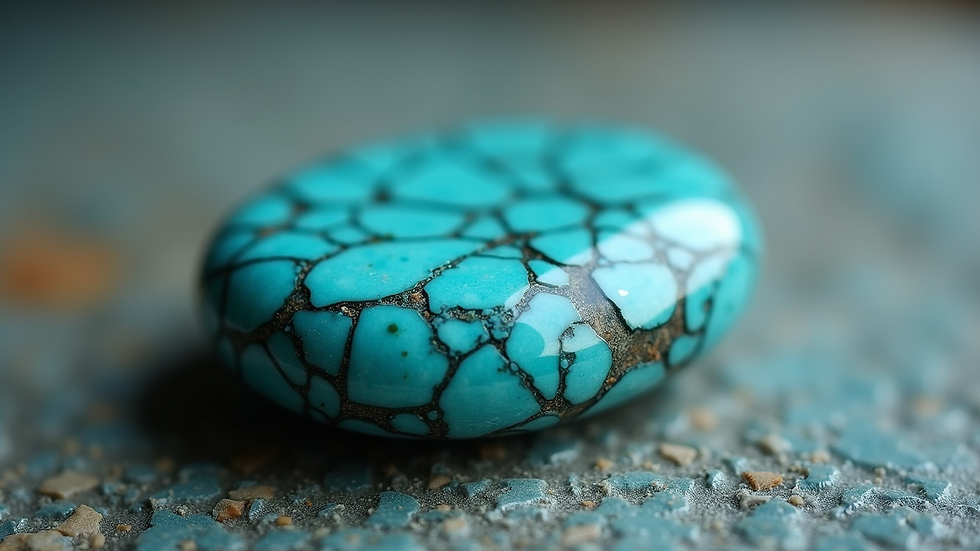Early Days of Doc Wilson
- Jul 10, 2020
- 3 min read
Updated: Jan 5, 2021
Before the formation of the American Gem Company in 1919, a young gem miner named Doc Wilson was taken in by gemstone prospectors C.O. Johnson and W.H. Trenchard who had a shop in San Diego, California. The men soon organized the San Diego Gem Company in 1901. Of the original five men who organized the company, John Hertzl-President, Doc Wilson-Vice President, C.O. Johnson-Treasurer, E. W. Peterson-Secretary and W. H. Trenchard General Manager, none could cut gemstones or owned any mines so an experienced lapidary was hired with Wilson becoming his apprentice until he mastered the art. He also took up mineralogy and received a diploma and although a small shareholder when the company was originally formed, he quickly became its president and manager by 1904.

Doc Wilson was born in Nebraska in 1880 where his father was a prosperous rancher who enjoyed spending his winters in San Diego. Doc entered college at the University of Nebraska at Lincoln and received a degree in civil engineering. Within a short period after the formation of the San Diego Gem Company, they were operating numerous gem mines such as the California Gem, the Little Three, Laurel C, Hazel Dell, the Chihuahua Gem and Lythia Mine, none of which were turquoise mines. In July of 1906, he married Hazel Dell Adams of Ramona, California who would later play a part in the turquoise mining operations in Nevada.
While the American Gem Company would later become defined by turquoise mining, the San Diego Gem Company focused on other gems with only a cursory interest in turquoise. San Diego and Riverside Counties were recognized as a gem producing area known for a variety and diversity of gemstones including tourmaline, topaz, hyacinth, zircon, garnet, and beryl. Tourmaline was especially popular and the San Diego Gem Company had a mine adjacent to the Himalaya Mining Company who had large contracts with Tiffany & Co. who were selling tourmaline to the Dowager Empress of China. Turquoise was found in the Halloran Hills of San Bernardino County. It is likely that the San Diego Gem Company sourced their turquoise from the Himalaya Mining Company who had turquoise mines.
In 1908 C.O. Johnson, nicknamed “Carbonate Ore’, was indicted and convicted of mail fraud for attempting to sell topaz as hyacinth. Hyacinth is a red, orange or yellow variety of zircon. Johnson’s legal problems foreshadowed further problems for the company. On April 10, 1911 the San Diego Gem Company filed for bankruptcy. One of the listed creditors was the Himalaya Mining Company. The tourmaline market collapsed around 1910 primarily due to the fall off from buying from China which was in the midst of a revolution.
While we have no information on Doc’s activities between the years of 1911 and 1919, we may speculate that he continued to work in the gem and jewelry trade. The 1920 census lists his occupation as merchant in the jewelry industry. He was recognized as a gem expert in the trade from his years with the San Diego Gem Company. It would appear that the American Gem Company was formed with the intent to market gems other than turquoise, as the name implies. Doc would not be involved with turquoise until he obtained the Blue Gem claims (Easter Blue) in 1927 and half of the Lone Mountain claims from Lee Hand in 1929. Those beginnings would define the identity of the American Gem Company and leave a lasting legacy on turquoise in America.


Sometimes collectors need to remember that turquoise is a business and not just simply an object of desire. Doc Wilson appears to have been a jack of all trades! I would like to know what these people's personalities were like especially Doc's. I'm a few chapters in so far of book one of Turquoise in America. I know a fair amount about turquoise the stone and am looking forward to inserting myself into other aspects of its history as well. Well done gentlemen!